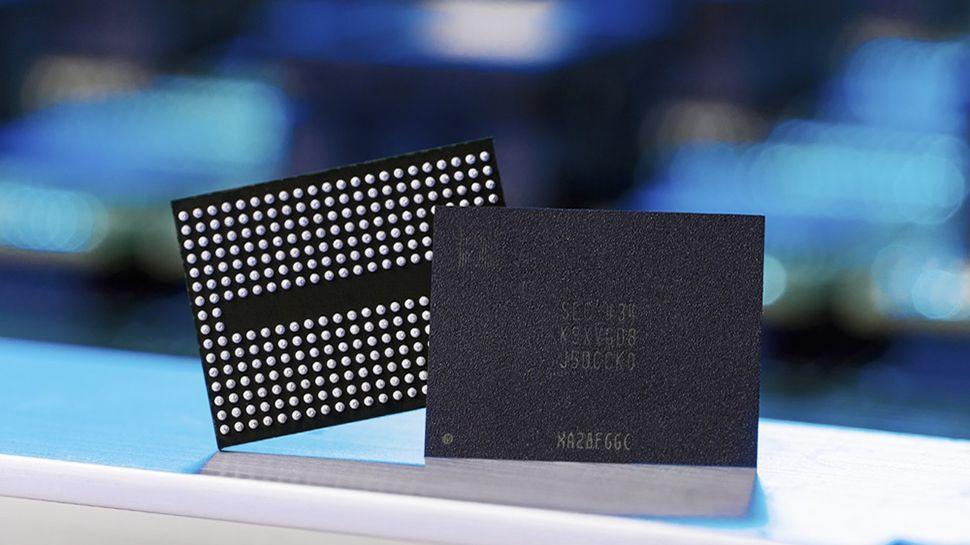- New QLC technology increases storage capacity and performance
- High-speed link boot sequence reduces initialization time by 70%
- Enhanced security features protect sensitive user data effectively
The growing demands of mobile technology have increased the need for high-capacity, high-speed data storage and, as digital devices continue to advance, the industry is looking for a way to handle larger data loads while still offering a Fast and efficient performance.
Kioxia has now launched mass production of its latest innovation: the industry’s first QLC UFS 4.0 embedded flash memory device.
The new device is designed with Quad Level Cell (QLC) technology and comes with higher bit density and larger storage capacity thanks to Universal Flash Storage (UFS) technology.
High speed performance for demanding applications
With this new QLC UFS 4.0 device, Kioxia offers greater storage capacity within a compact structure that not only benefits compact devices such as mobile phones and tablets, but also PCs, network systems and emerging fields such as AR, VR and AI requiring robust storage solutions. .
Kioxia’s QLC UFS 4.0 device has impressive data transfer speeds: the device achieves sequential read speeds of up to 4200 MB/s and sequential write speeds of up to 3200 MB/s. These speeds are achieved using the UFS 4.0 interface, which supports interface speeds of up to 23.2 Gbps per lane or 46.4 Gbps per device.
This combination of QLC storage with the latest UFS interface technology provides a significant performance boost, making it ideal for data-intensive applications. As a result, users can expect faster file transfers, smoother streaming, and more efficient multitasking, particularly for mobile and high-performance computing devices.
Kioxia’s new QLC UFS 4.0 device is also based on its proprietary BiCS FLASH 3D flash memory, known for its durability and efficiency. Designed to comply with the JEDEC standard, the UFS 4.0 package combines this advanced memory with a dedicated controller to optimize performance. With backward compatibility with UFS 3.1, Kioxia’s UFS 4.0 devices offer an upgrade path for users.
To enhance its practical application, Kioxia’s QLC UFS 4.0 device features high-speed link boot sequence (HS-LSS), a new method that accelerates device-to-host initialization. By enabling link initiation at a faster HS-G1 A speed instead of the conventional slower speed, HS-LSS reduces link initiation time by approximately 70%.
In addition to faster initialization, the device also includes enhanced security capabilities with Advanced Playback Protected Memory Block (RPMB) features. These security measures protect user data by ensuring access to sensitive information, such as credentials. With RPMB Purge, users can also ensure that discarded data is completely sanitized, adding another layer of confidence in data protection.
Additionally, Kioxia’s QLC UFS Ver. The 4.0 device supports an Extended Initiator ID (Ext-IID), which is designed to work with Multi Circular Queue (MCQ) in the UFS 4.0 host controller. This feature increases random performance, a critical component for devices that require fast, distributed access to data across multiple applications. With Ext-IID, the device is better equipped to handle complex data tasks, providing faster, more efficient performance for users with demanding workloads.
Through BusinessWire




